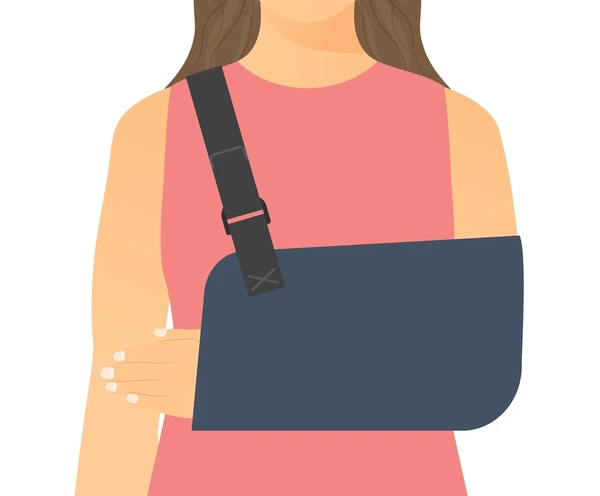A frozen shoulder, as the name suggests, is a painful loss of shoulder mobility. The exact cause is unclear. It occurs gradually, patients may first notice trouble with reaching for their hip pocket, unhooking a bra clasp, or scratching a back itch.A frozen shoulder may follow trauma and a period of immobility such as after surgery, stroke, or fracture. General health conditions like diabetes or cardiovascular disease may also be involved. It occurs more frequently in 40 to 60-year age group with women being more commonly affected than men.If left untreated, the frozen shoulder may last for several years passing through the following stages:
- Freezing Stage: Increasing pain and stiffness in the shoulder.
- Frozen Stage: Diminished pain with worsening stiffness in the shoulder.
- Thawing Stage: Diminished pain and stiffness in the shoulder.
Here are do’s and don’ts for frozen shoulder patients:Do’s
- Do your physical therapy exercises regularly.
- Do use an ice pack for 10 minutes 3-4 times a day to relieve your pain
- Do take pain medications as recommended by your doctor
- Do find out as much as you can about the condition
- Do visit a shoulder specialist if conservative treatments aren’t resolving your condition.
Don’ts
- Don’t let the pain stop you from moving your shoulder.
- Don’t do any activities that involve jarring or jerky movements, such as walking the dog
- Don’t sleep on the frozen shoulder
- Don’t skip your physical therapy sessions.
- Don’t neglect your diet as frozen shoulder is sometimes associated with overall state of health.
Dr. Patrick Denard has been voted one of the top 20 Shoulder Surgeons in North America and is the most widely published shoulder specialist in Oregon. Dr. Denard is committed to providing the highest level of Orthopedic care to his patients. Dr. Denard has advanced arthroscopy training and is able to perform the vast majority of shoulder procedures in a minimally invasive fashion, including all types of rotator cuff repairs and instability repair. These techniques allow him to repair tears that some consider “irreparable.” Providing every patient with advanced medicine and compassionate care each and every time.
Similar posts



